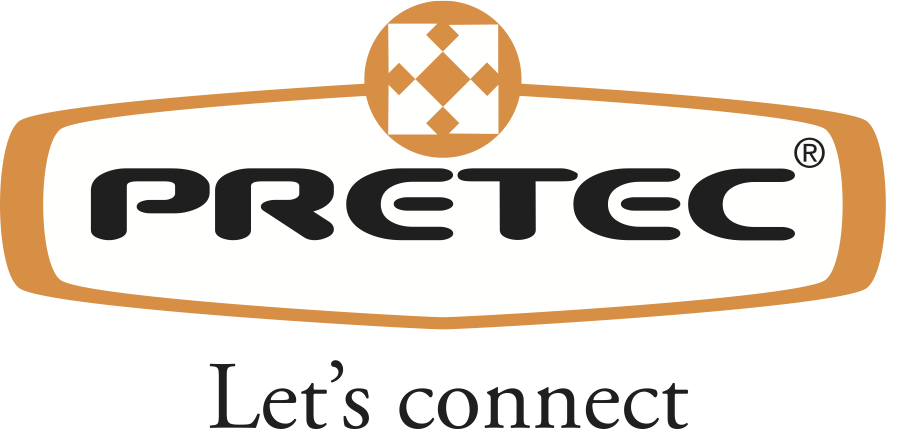Product
Standard
Beam
Eccentricity due to installation tolerances should be added manually. No specific values are automatically considered.
Eccentricity due to installation tolerances should be added manually. No specific values are automatically considered.
Concrete
Use this setting to activate a fictitious edge. Note that the physical edge still will be used for calculation of concrete edge and blow out failure.
Reinforcement
ψre.V = 1
Fastening in uncracked concrete and fastening in cracked concrete without edge reinforcement or stirrups.
ψre.V = 1.4
Fastening in cracked concrete with edge reinforcement and closely spaced stirrups or wire mesh with a spacing a ≤ 100mm and a ≤ 2c1.
NOTE: A factor ψre.V >1 for applications in cracked concrete should only be applied, if the embedment depth heff ≥ 2.5 * the concrete cover of the edge reinforcement
Reinforcement is only considered for ψre.N in concrete cone failure.
Reinforcement is only considered for ψre.N in concrete cone failure.
Other
η1 is a coefficient related to the quality of the bond condition and the position of the bar during concreting - EC 8.4.2 (8.2).
η1 = 1.0When 'good' conditions are obtained.
η1 = 0.7For all other cases and for bars in structural elements built with slip-forms, unless it can be shown that 'good' bond conditions exist.
This value is only relevant for fastening plates with straight bars
For Steel plate failure check, acting moments from the tensile stud forces and the corresponding concrete prism of compression is calculated. These moments and imagined lines of fracture (see figures below) results in a final stress which is compared with the design strength of the steel plate. Unless 'equivalent effective length' is specified here, default values are used (based on the T-stub analogy).
Limitations: Only valid for uniaxial moments.
Compression vertical
Compression horizontal
Tension vertical
Tension horizontal
